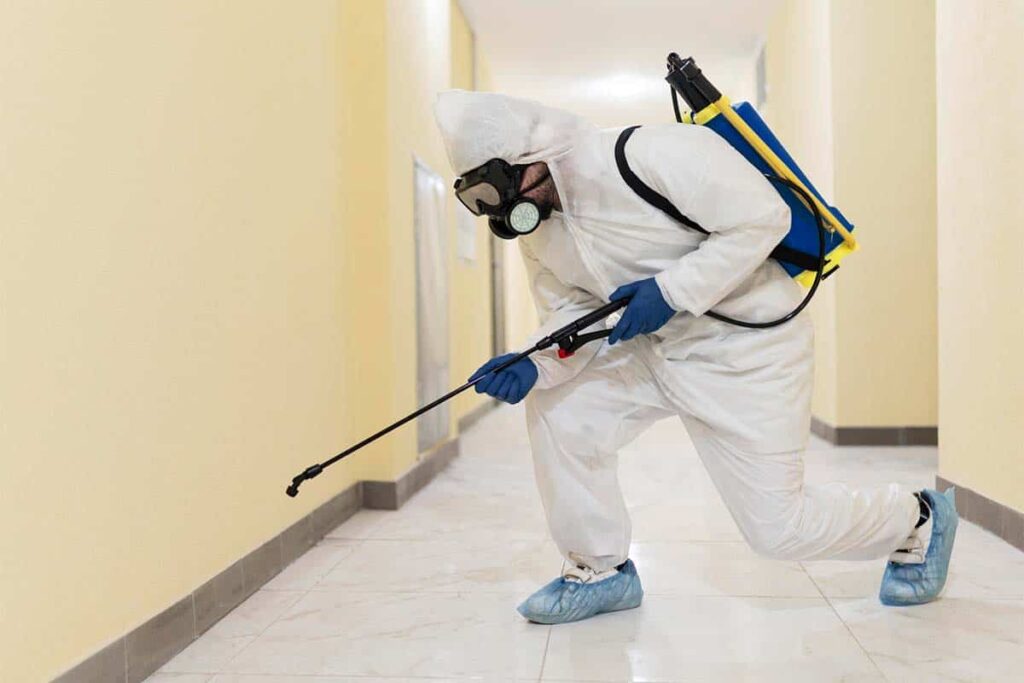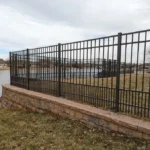A newly finished building may look flawless, but hidden spaces can quickly attract pests. Construction debris, moisture, and structural gaps often create ideal conditions for infestations. Preventive measures taken early can protect the property’s value and safety for years. Let’s explore effective pest control practices that every new building should include.
Step 1: Inspect the Property Thoroughly
After a building project is completed, a thorough inspection becomes the first step toward preventing future pest problems. Specialists such as SafeHaven Pest Control often conduct detailed evaluations before occupancy. This process identifies problem areas such as cracks, openings, or moisture-prone spots. Pests tend to hide in wall voids, attics, basements, and storage spaces, making early detection crucial. A thorough review helps with addressing these risks before they grow.
Inspectors also evaluate drainage systems and nearby vegetation that may harbor insects or rodents. They look for unsealed entry points around utility lines and vents. Documenting these findings guides the next phase of prevention. A complete inspection serves as the foundation for all future pest management steps.
Step 2: Seal Entry Points and Vulnerable Areas
Unsealed gaps give pests easy access to buildings. Contractors should ensure that windows, doors, and foundation joints are properly fitted and caulked. Weatherstripping around doors and screens on vents helps reduce entry points for ants, spiders, or mice. Small holes near plumbing and electrical lines also require attention to block hidden routes.
Builders can use durable materials like metal mesh or foam sealants for lasting protection. Regular checks after the building settles help identify new openings caused by structural shifts. When done correctly, sealing reduces dependence on reactive treatments later.
Step 3: Maintain Clean Construction and Surroundings
Cleanliness remains one of the simplest yet most effective pest control measures. Leftover lumber, cardboard, or food scraps near a site attract insects and rodents quickly. Once construction ends, debris removal should happen before furnishing begins. Regular cleaning aids in minimizing potential hiding places for unwanted pests.
- Key cleaning practices for new properties include:
- Removing sawdust and insulation scraps
Disposing of food containers left by workers
Cleaning air vents and ducts
- Ensuring garbage bins have tight lids
- Removing sawdust and insulation scraps
Keeping grass trimmed and eliminating standing water deters mosquitoes and other insects. A well-maintained property discourages pest activity and supports overall hygiene.
Step 4: Establish Preventive Treatment Plans
Early pest control treatments protect structures before infestations occur. Applying preventive barriers, such as soil or perimeter treatments, can repel termites and ants. These applications help with reducing future outbreaks and maintaining long-term protection.
Why Prevention Should Start Early
Preventive treatments work best when applied soon after construction completion. Newly built environments contain fresh materials that pests find appealing, such as wood and insulation. By addressing vulnerabilities immediately, owners avoid costly structural damage later. Regular follow-ups ensure continued effectiveness throughout the building’s lifespan.
Step 5: Train Staff and Schedule Routine Monitoring
Property managers and maintenance teams play a key role in sustaining pest-free conditions. Training employees to spot warning signs like droppings, gnaw marks, or nests ensures quick action. Regular inspections allow for early detection before issues spread. This habit aids in preserving both cleanliness and safety within the property.
Monitoring should include both interior and exterior zones. Pest control professionals in Tennessee and other regions often recommend quarterly evaluations. These visits verify that seals, traps, and barriers remain effective over time. Consistent communication with pest management partners keeps the process smooth and dependable.
Proper pest control for new buildings begins with inspection, sealing, and prevention. Professionals from companies such as SafeHaven Pest Control emphasize that early action aids in safeguarding structures from long-term damage and maintains healthy conditions. A well-managed pest control plan may help improve the safety, comfort, and value of any newly completed property.






